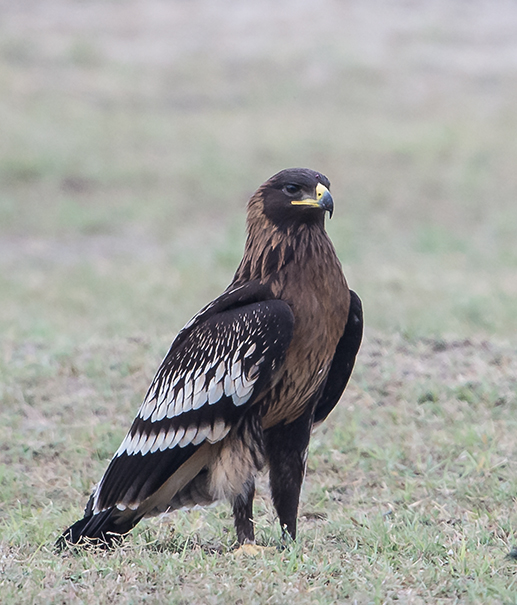Facts About Greater spotted eagle
The greater spotted eagle, or simply spotted eagle, is a majestic bird of prey belonging to the Accipitridae family. Its scientific name, *Clanga clanga*, comes from an Ancient Greek word meaning "scream." This impressive eagle is quite sizable, measuring between 59 and 71 centimeters in length, with a wingspan ranging from 157 to 179 centimeters. They typically weigh between 1.6 and 2.5 kilograms, although females can weigh as much as 3.2 kilograms.
At first glance, the greater spotted eagle closely resembles its near relative, the lesser spotted eagle, which often leads to confusion. However, the greater spotted eagle can be distinguished by its darker feathers, smaller head, and distinctive wing and rump markings. If you ever hear a call in the wild resembling a dog’s "yip" you might be listening to a greater spotted eagle.
These eagles are migratory birds. They breed in northern Europe and across Eurasia, then spend the winter in southeastern Europe, northeastern Africa, the Middle East, and the Indian subcontinent. Some can even be spotted in Bhutan until late March. Unfortunately, the greater spotted eagle is vulnerable to extinction due to habitat loss, degradation, and human disturbances during their breeding season.
In terms of evolutionary history, the greater spotted eagle is closely related to the lesser spotted eagle, with their common ancestor dating back about 3.6 million years. These eagles were once grouped under the genus *Aquila*, but are now classified under *Clanga*. Their diet primarily consists of small mammals and other ground prey. They typically lay 1 to 3 eggs in nests built high up in trees.
Greater spotted eagles are more social during the winter, often forming small flocks. They are also known to associate with other birds of prey like black kites and steppe eagles. Conservation efforts are vital for this species, as there are fewer than 4,000 breeding pairs left worldwide. Protecting their habitats and minimizing human disturbances are key to ensuring their survival.

 Syria
Syria